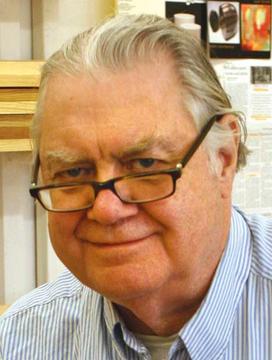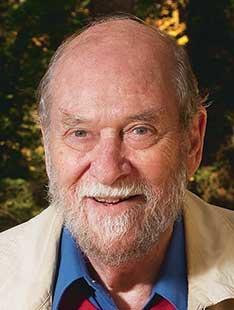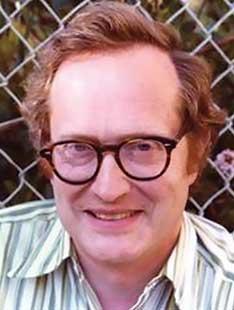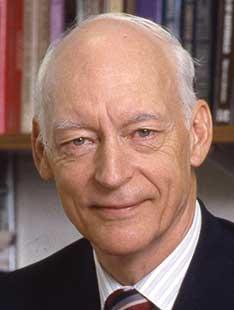Photo: John Jameson/Princeton University
EDMUND KEELEY ’48, a renowned novelist, poet, and translator who directed the University’s creative writing program for 15 years, died Feb. 23 at age 94. A longtime professor of English, Keeley earned acclaim for his translations of Greek poetry and helped to create the Program in Hellenic Studies. As head of creative writing in the 1960s and ’70s, he brought the workshop model to Princeton, aiming to expose students to the process of writing and “how writers themselves think about literature and talk about it,” as he later told PAW.
HALE F. TROTTER *56, a mathematics professor and former department chair, died Jan. 17. He was 91. Trotter was associate director of Princeton’s Computer Center (and later, Data Center) for more than two decades. He also served as chairman of the CPUC’s Resources Committee, including in 1978, when the group made its first proposal for a new policy on University investments in South Africa. Trotter’s research interests included probability, group theory, knot theory, and number theory, according to a family obituary.
Photo: University of Rochester









No responses yet